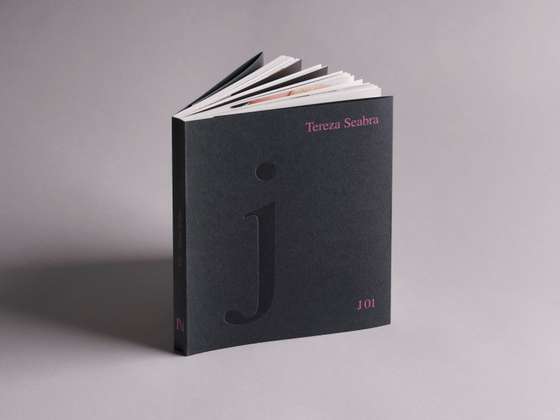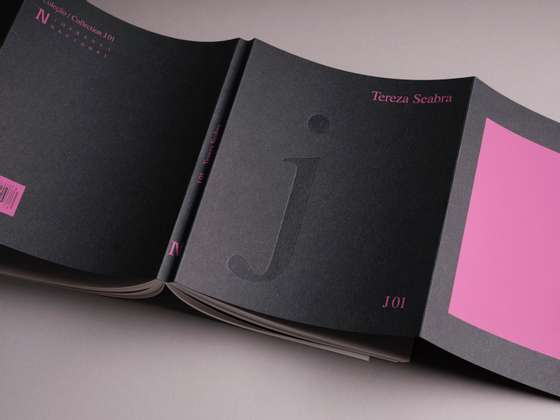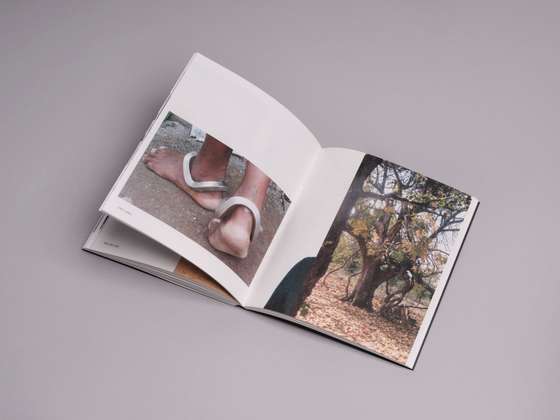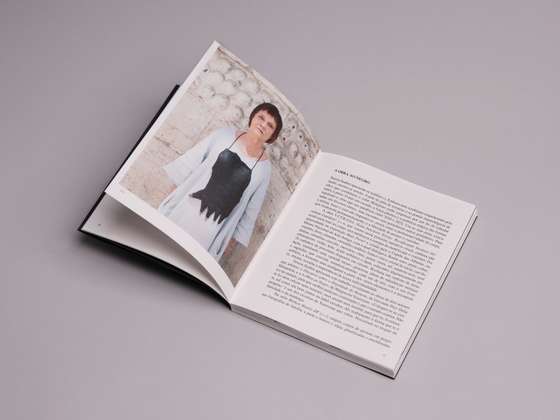A series of monographs on the work of artists who began their journey in the 60s, in the field of jewelry. “J” is the new collection launched this Tuesday by the Casa da Moeda National Press. At the rate of “one or two” per year, Cristina Filipe (Lisbon, 1965), a researcher specialized in the history of contemporary jewelry, assumes the scientific coordination of the project, whose initial essay is dedicated to Teresa Seabra. “Jewelry as protection and power” launches this set of critical analyzes that follows the transformations of the segment and analyzes the multiple formats assumed to date.
Accompanying the texts, space for a visual narrative that aims to bring the reader closer to the artists and their works, in this case focusing on the tribal and ritualistic Indian jewelry that Seabra has been studying. “I chose to carry out a confrontation exercise between Tereza’s artistic work and her work as a researcher,” defines Cristina.

© Fábio Cunha
The volume in question considers the correlations that Tereza Seabra’s contemporary jewelry establishes with the cultures she lived in and the artifacts and jewelry she researched in India, some of which are part of her extensive collection, presented in the exhibition The Dance of the Turkey Real, at the Fundação. East, in 2015.
To do this, Cristina Filipe introduces changes to the original structure and obvious chronological lines, opening space for a broader reading based on the proposed organization. “I like to give the reader space to try to create their own images, their own expectations.” Without biographical or retrospective intention, the collection is built from the symbolic and formal affinities between the works, going through different phases. In the particular case of Seabra, the narrative is challenged by the visual and written documentation that the jeweler compiled during her investigations, presenting different decisive pieces in her career, symbolic of the times and paths that accompany each town.

© Fábio Cunha
The conceptual work developed by designer Sílvia Prudêncio allowed for a coherent layout “with this confrontation between two worlds, Teresa’s works and research in India.”
With the vast majority of the featured artists still alive, the curator highlights that their participation is “fundamental,” as is the “continuous dialogue” with the essay’s topic. “I shared my concept with Teresa, I asked her if she felt comfortable, then she gave me all the documentation she had, I made a choice, I asked her opinion, we agreed on everything, I wrote the text, I showed it to her. she, she read it. “There was always an understanding.”

© Fábio Cunha
The collection picks up the thread of the long work concentrated on the thesis “Careers of contemporary jewelry in Portugal: artists and contexts: 1963-2004”. Within the Catholic University, Cristina Filipe covered four decades of history, among many interviews, images, consulted artists and various information. After the venture, even after seeing the research published in a book and having seen a second edition, it was “frustrating” to imagine that much of this collection and this raw material would remain in the shadows. “Right at that moment, contact with the National Press arose, with the aim of publishing the interviews, it was even an idea from my supervisor, Gonçalo Vasconcelos de Sousa, who introduced me and talked about the possibility. There was interest,” says the curator, who already knew the D collection, the Ph collection (on photography), and proposed starting in J.

© Fábio Cunha
Pioneer in this area of creation, Tereza Seabra (Alcobaça, 1944) will be followed Alexandra Serpa Pimentel (Lisbon, 1954) also a precursor of contemporary jewelry in Portugal and which will set the pace for the second volume of the collection. “Both inaugurated the school and disciples of this discipline in the artistic context,” recalls Cristina Filipe, going back to 1978, when Seabra founded the Jewelry Department of AR.CO (Center for Art and Visual Communication), for which she was responsible until 2004. There are more names on the table, which will be revealed in the future.
“We are talking about a niche, not only in Portugal, but also internationally, but with a tendency to break these barriers. It is essential to understand that the jewelry sector is completely integrated into the field of contemporary arts and that it undergoes the same transformations as sculpture, painting and other disciplines.”
With 144 pages and 103 illustrations, the volume is presented in bilingual format (Portuguese/English). Soft cover, the slate color will mark this set of publications, with a J in low relief. Each artist will also choose their reference color, which appears in some elements, in this case fuchsia. The book costs 22 euros (this Tuesday, launch day, it has a 20% discount). It is for sale in Imprensa Nacional stores.
Source: Observadora
